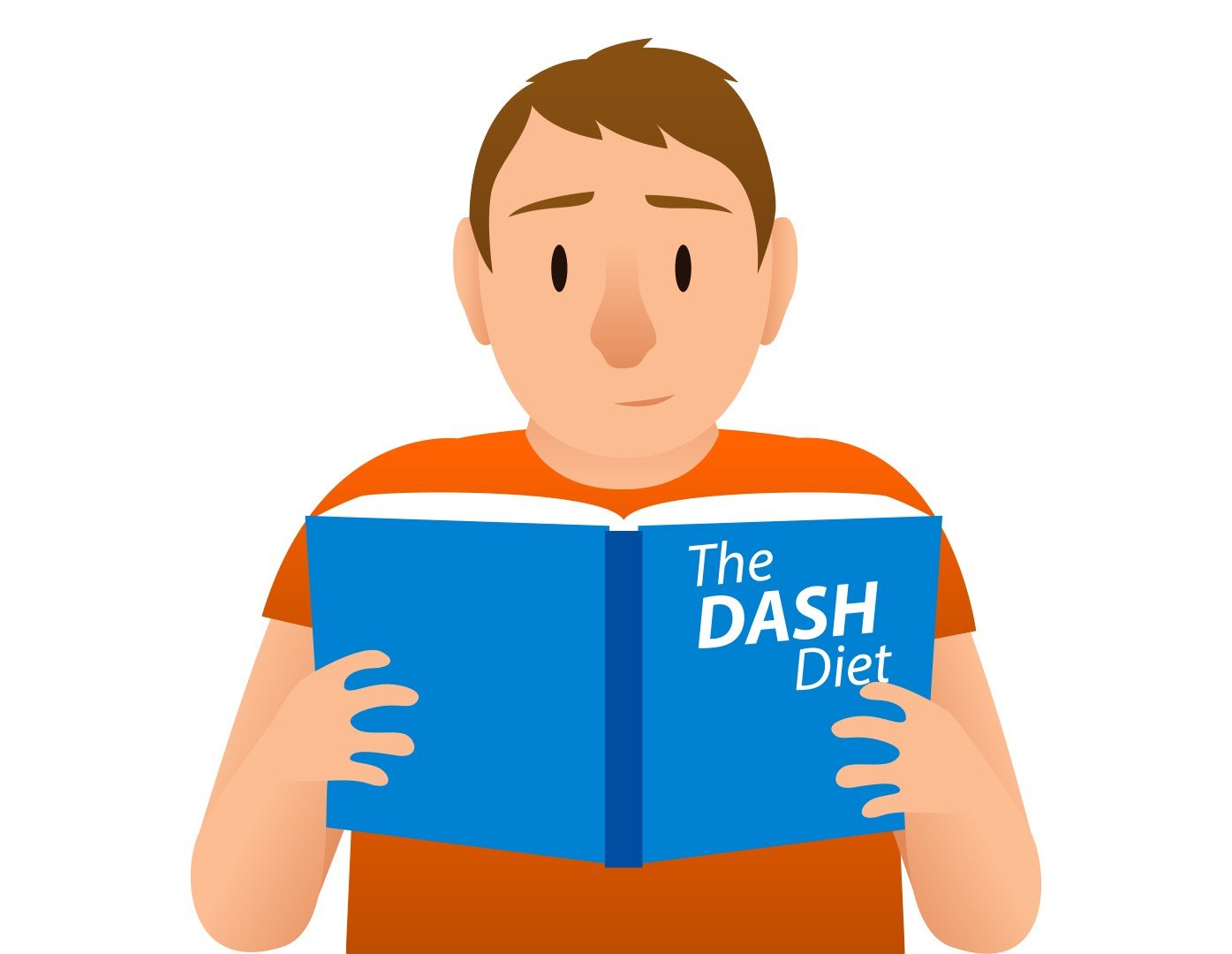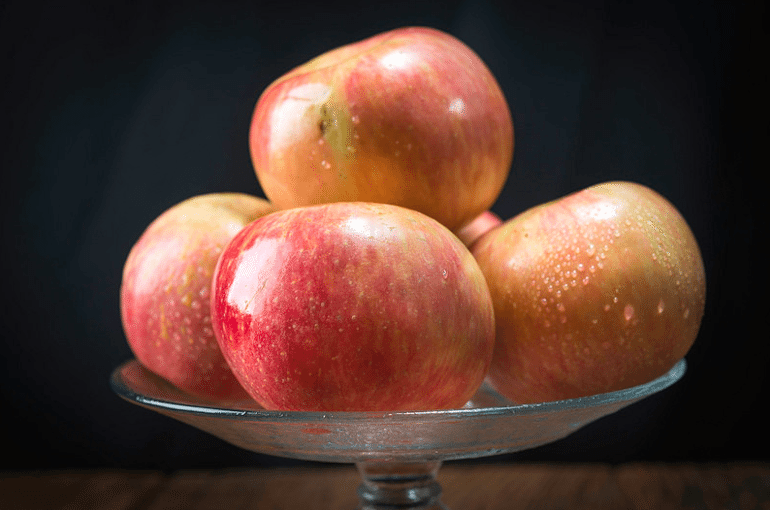- Lynn Grieger 3
- alzheimers 30
- best quick meals 77
- beverages 82
- blood pressure 90
- bone health 32
- breakfast 71
- budget 71
- class ideas and presen... 118
- cooking 2366
- cooking demos 242
- desserts 115
- diabetes 158
- diet and cancer 130
- diet and heart disease 292
- dietary guidelines 160
- eating out 27
- eye health 13
- fad diets 67
- farmers market 47
- food news 165
- food projects 91
- food shopping 3
- fruits and veggies 382
- functional ingredients 2
- grains 133
- grocery 3
- holidays 75
- hot topics 41
- kidney health 18
- kids 220
- longevity 157
- makeovers 163
- menu planning 361
- myplate 172
- nutrition basic 575
- nutrition facts panel 104
- nutrition month 34
- obesity 1
- practitioner ideas and resources 1
- practitioner ideas and... 574
- processed food 2
- snacks 138
- sodium research 69
- sports nutrition 24
- unprocessed food 1
- vitamins and supplements 121
- weight control 333
- wellness fair ideas 80
- whole grains 56
Member-Only Articles

Spice Cabinet Check List

Get A Good Habit: Working Out

Avoid Boredom Avoid Overeating

Your Brain Off Alcohol

DASH Diet 101

2024 Predictions and 11 Trends for Food and Nutrition Education
As we welcome 2024 and a new year, it is often fun to contemplate where we have been and where we are going on our food, health, and nutrition education journey. The nutrition research, as we have seen over numerous years of Dietary Guideline reviews and in the present 2020-2025 edition, has corroborated a whole-food, plant-based, minimally-processed diet that is low in added sugar, salt, and processed fat especially with regards to trans fat and saturated fat.

Go Foods for Better Weight Control

Lack of treatment common in those with hypertension

Mindful Eating to Lower Blood Pressure?

Swap Ideas to Lower Sugar Intake

Should Cravings Be Your Guide?

Remission of Prediabetes Through Weight Loss

Rating Ultra Processed Foods for Nutritional Value
Processed and ultra-processed foods of high nutrient density such as soy milk, tofu, whole grain tortillas, cottage cheese, and canned lentil soup fit well into wholesome meal patterns. Enjoy!

Prescription Produce Program Produces Better Heart Health
Fruits and vegetables are the best prescription to prevent heart disease. Here is a new update.

What Does Nutrient-Dense Mean?

Protein 101
Protein is one of the three macronutrients found in food, alongside carbohydrates and fats. While fat provides 9 calories per gram, carbohydrates and protein provides 4 calories per gram. This means that for every gram of protein consumed, it contributes approximately 4 calories to the total energy content of the food.

Healthy Snack Ideas for Adults and Kids
Here are modern enjoyable snacks that are delicious and easy to make for adults and kids alike. Enjoy!

Low Flavanol Intake May Lead to Memory Loss
Flavonols are a type of flavonoid, which are natural compounds found in plants. They are known for their antioxidant and anti-inflammatory properties, and they are associated with various health benefits. Here are some common dietary sources of flavonols:
Contact us.
Need help finding a topic? Have a request? Let us know!

